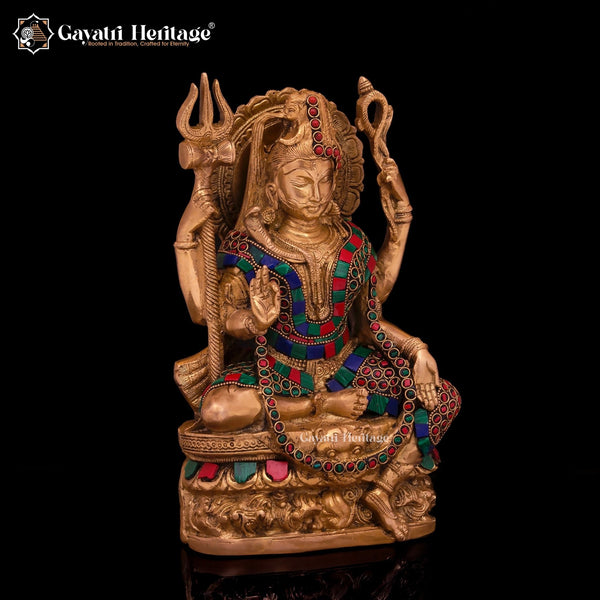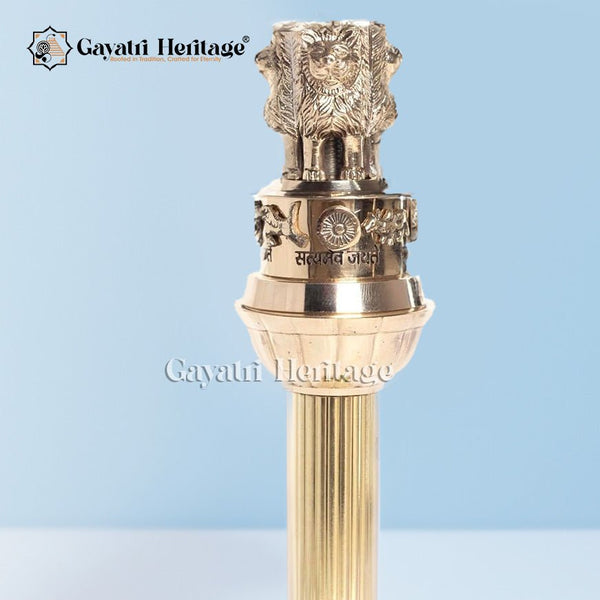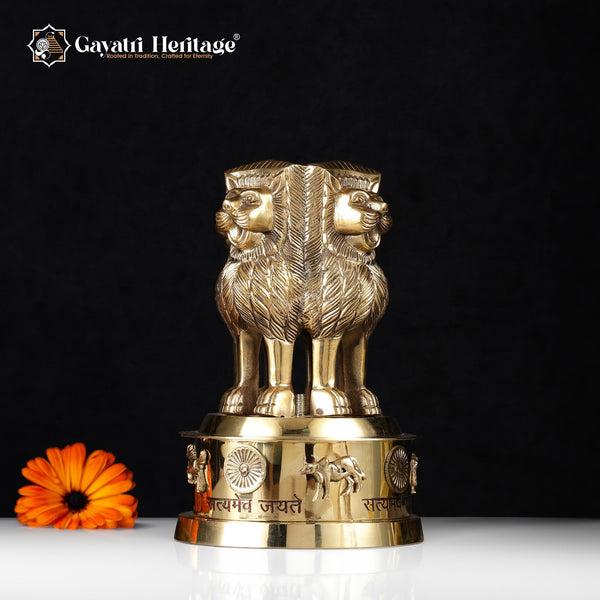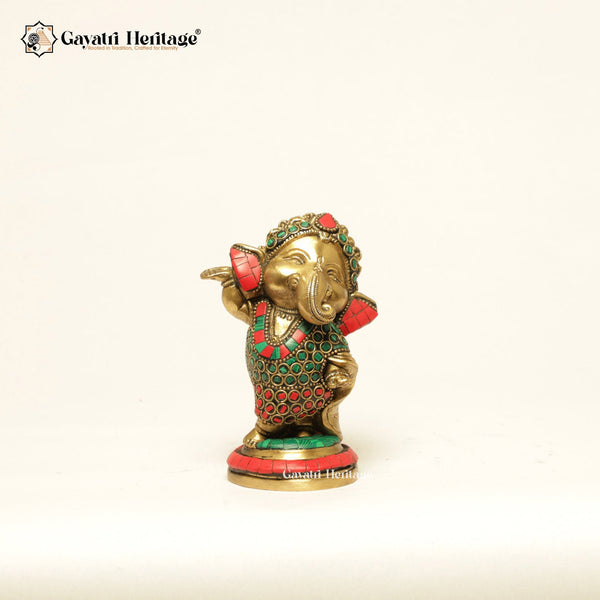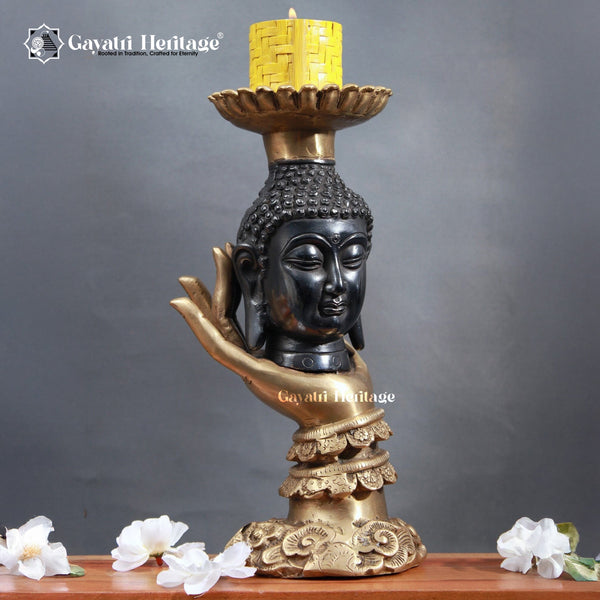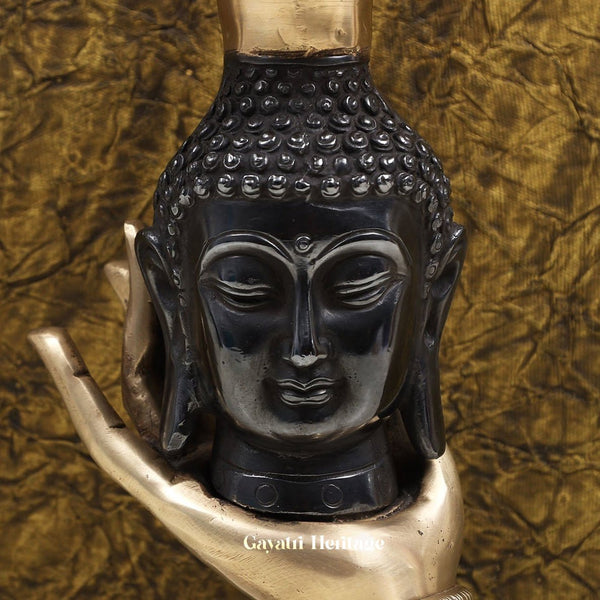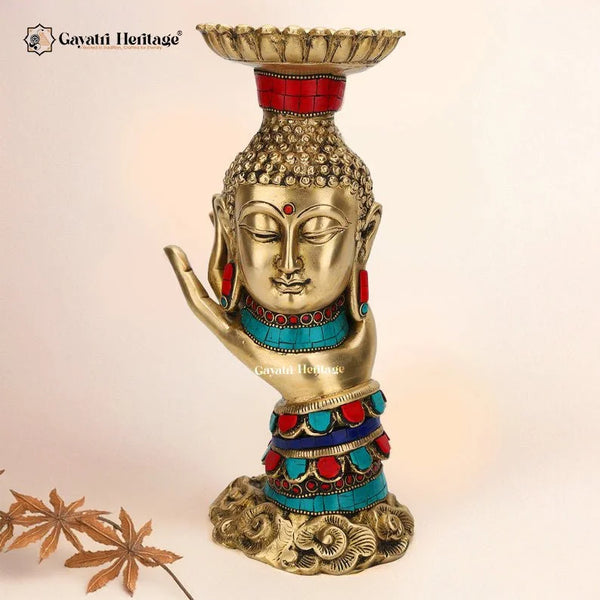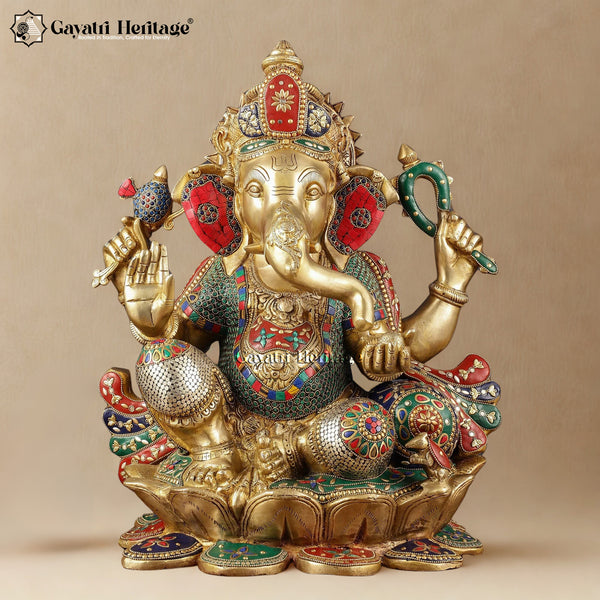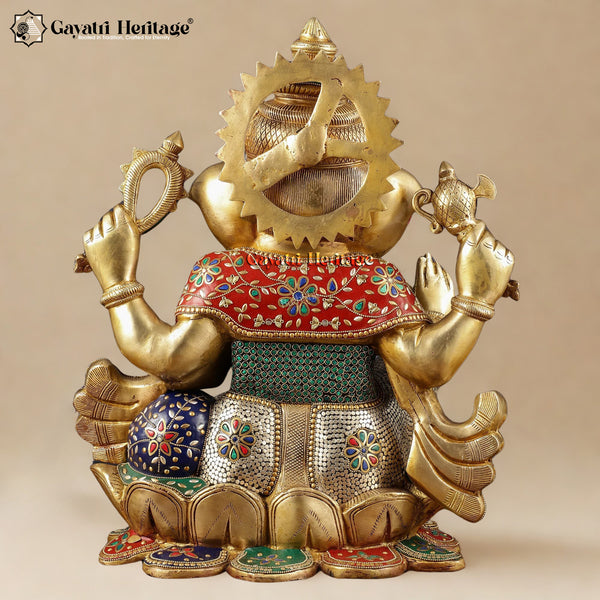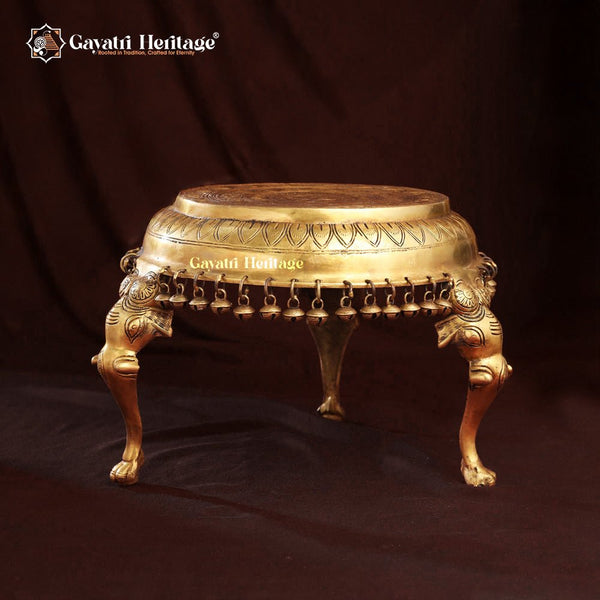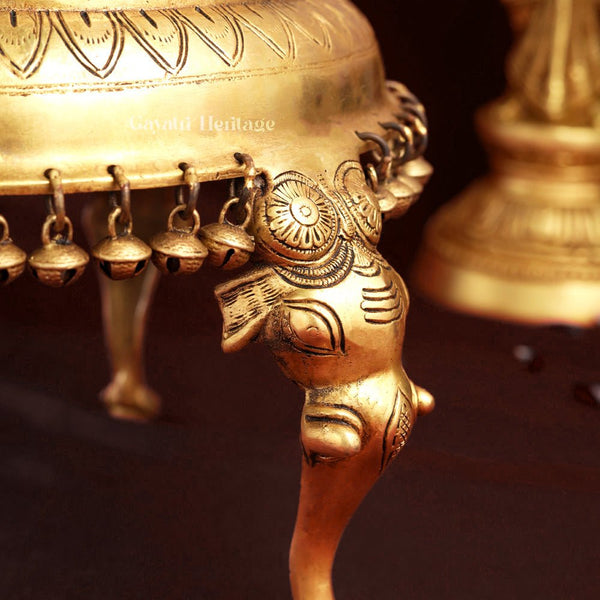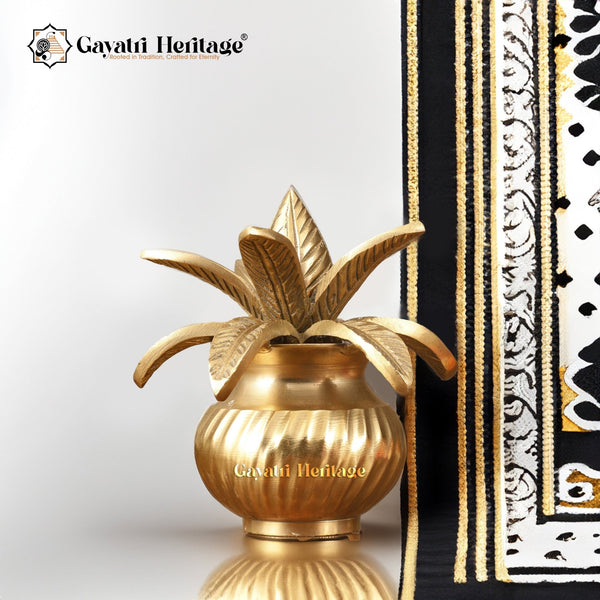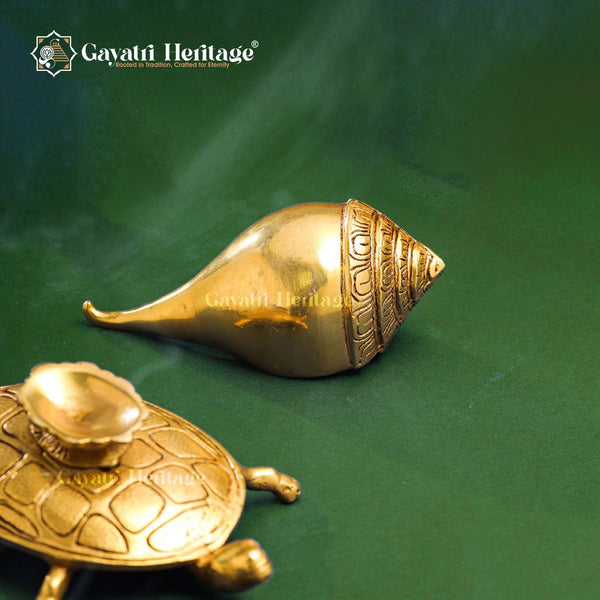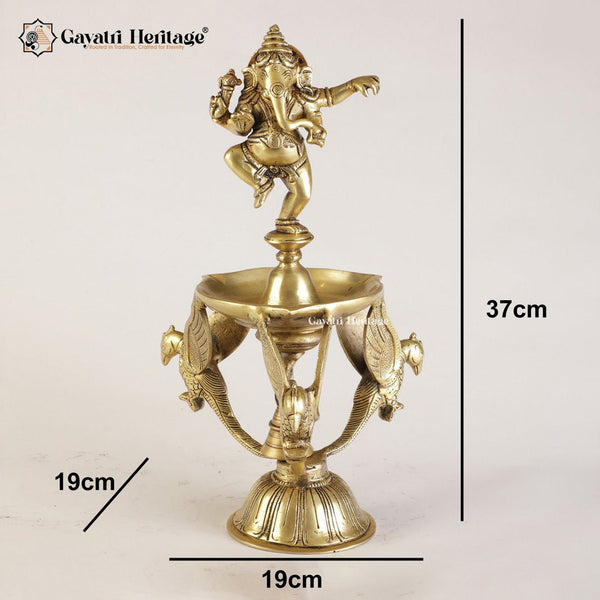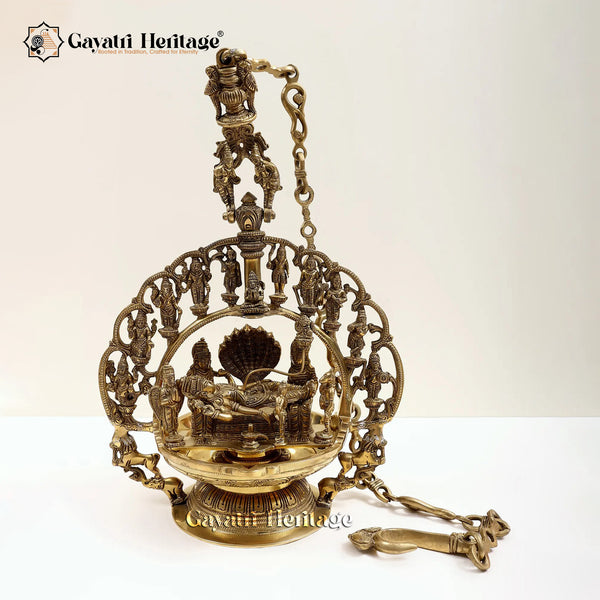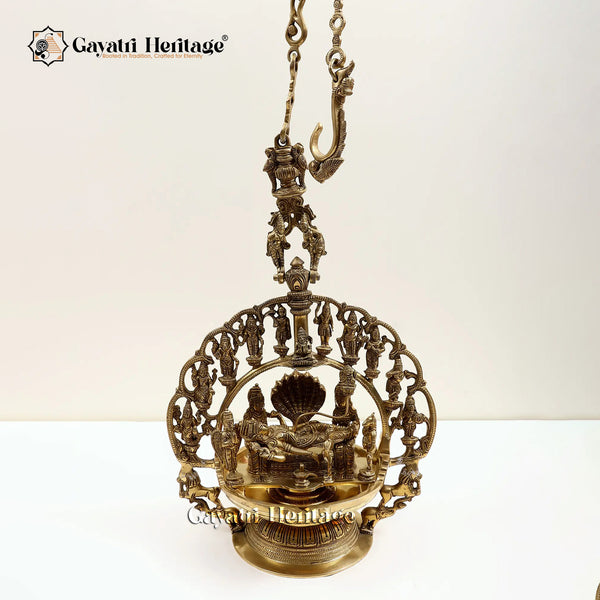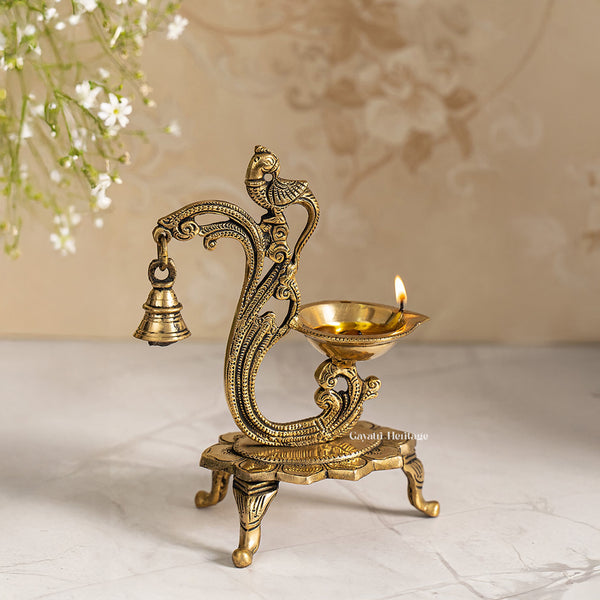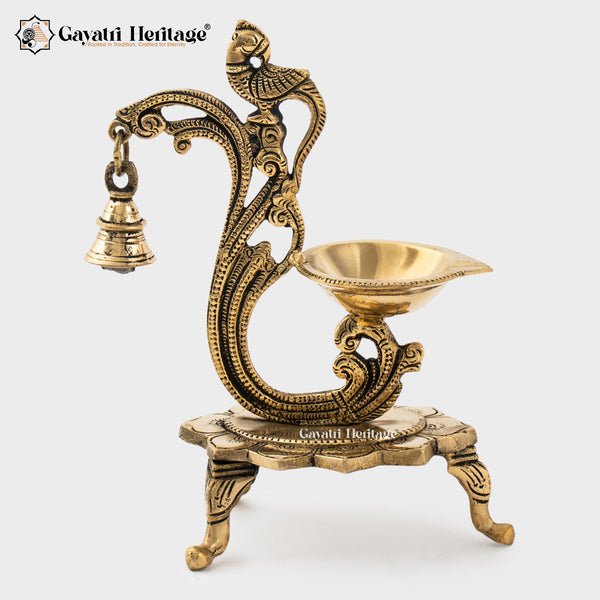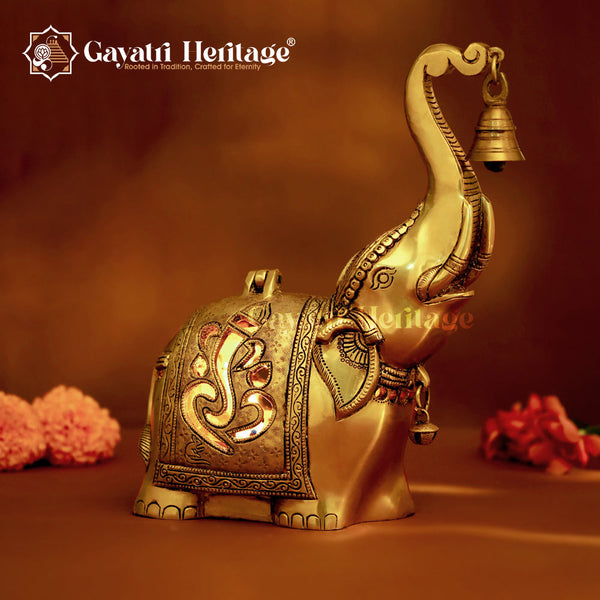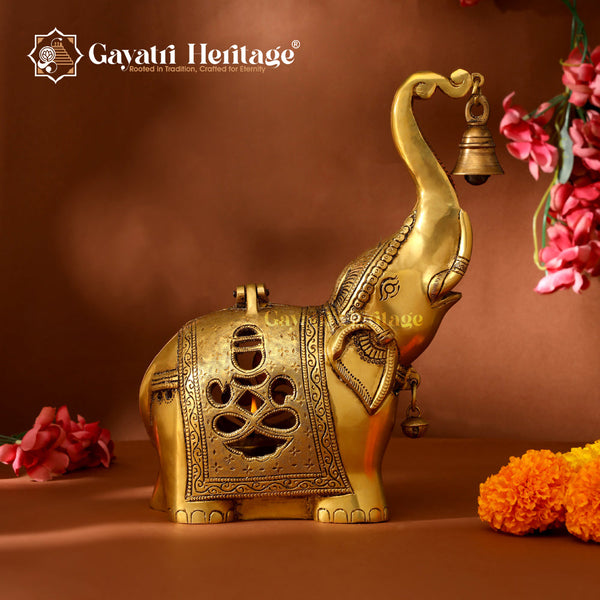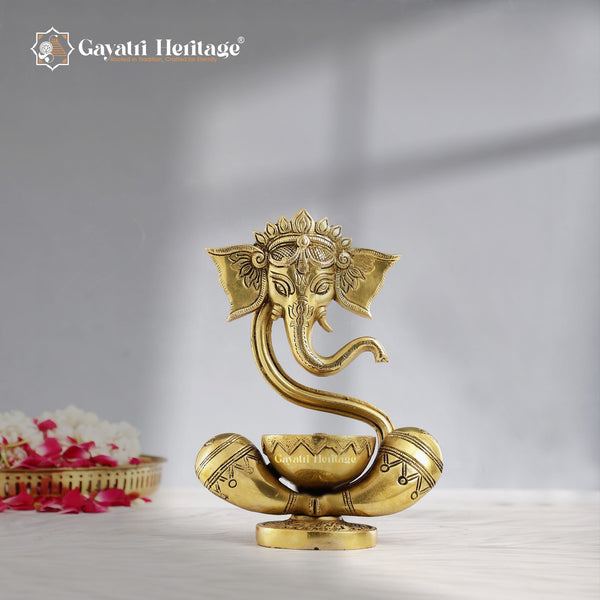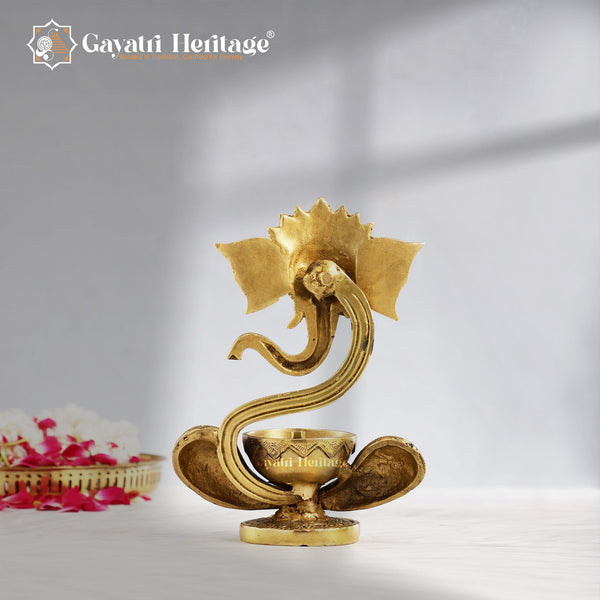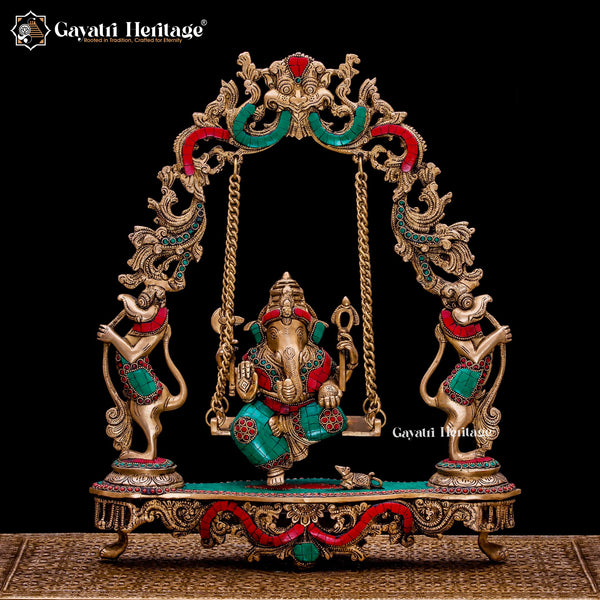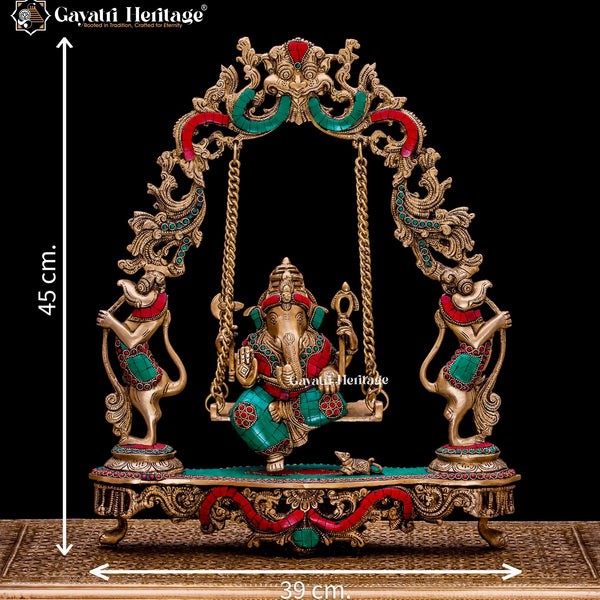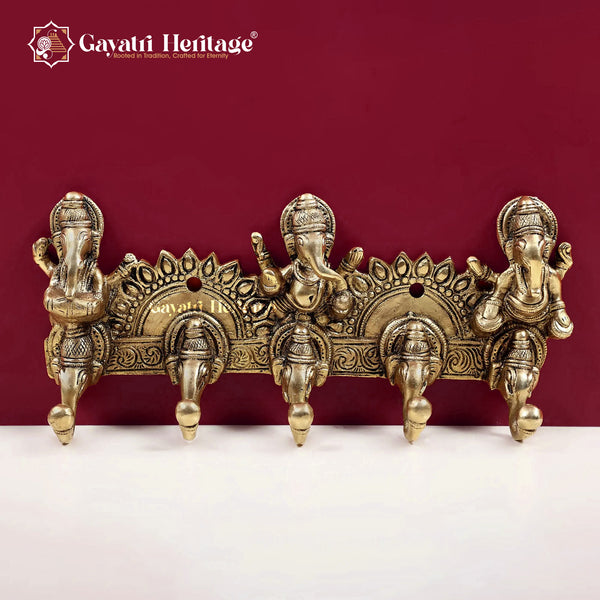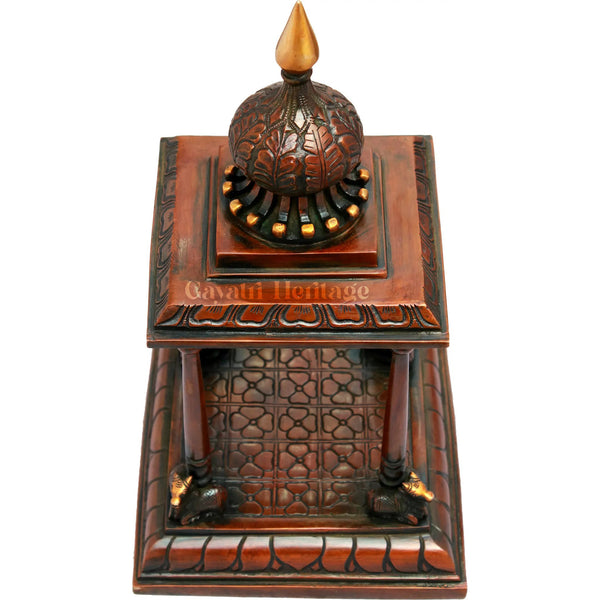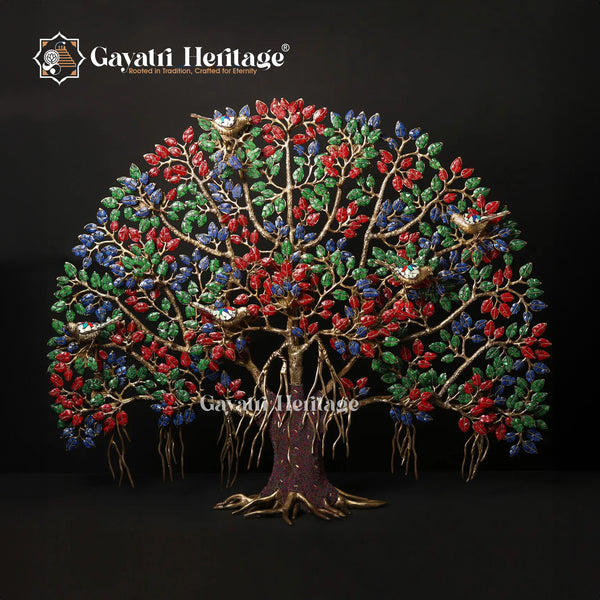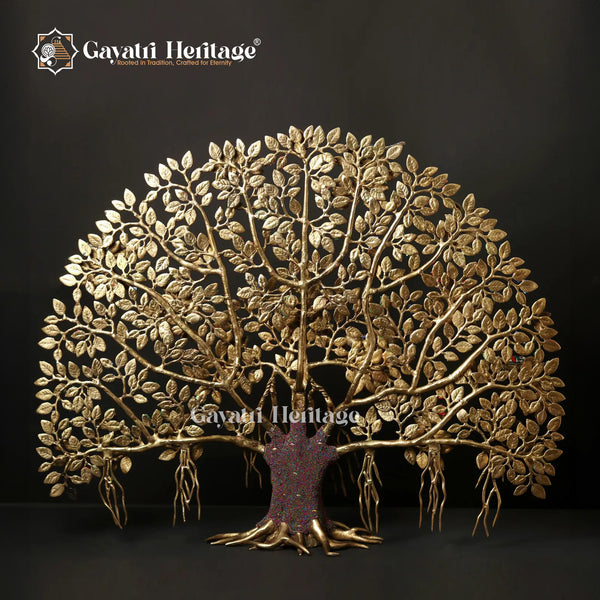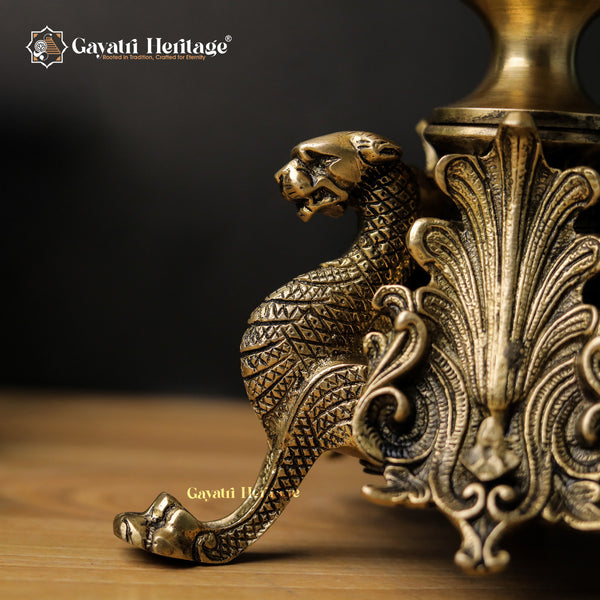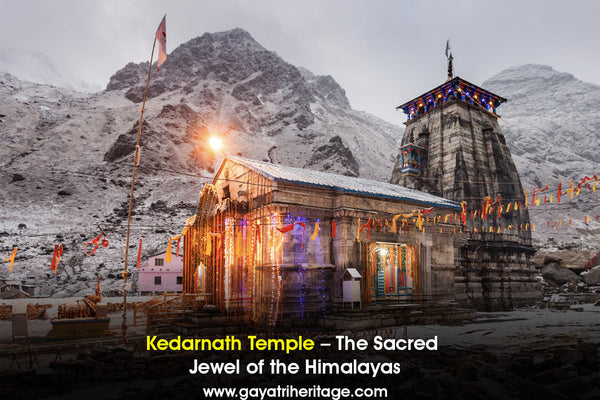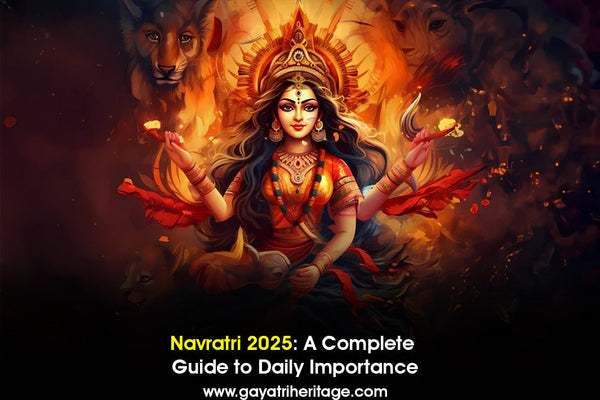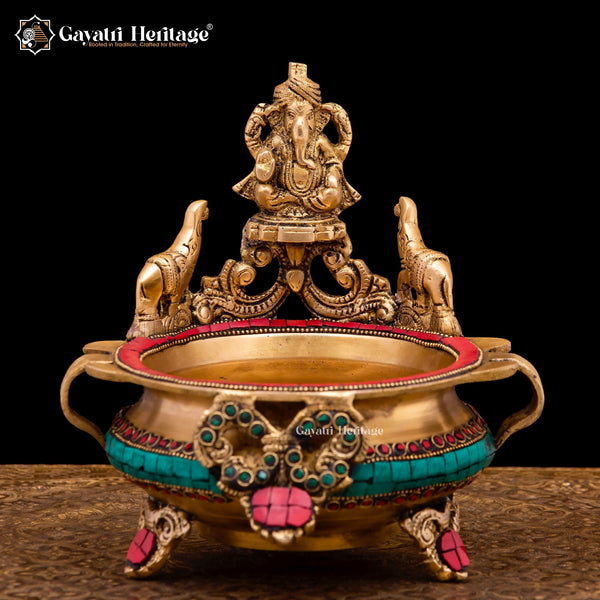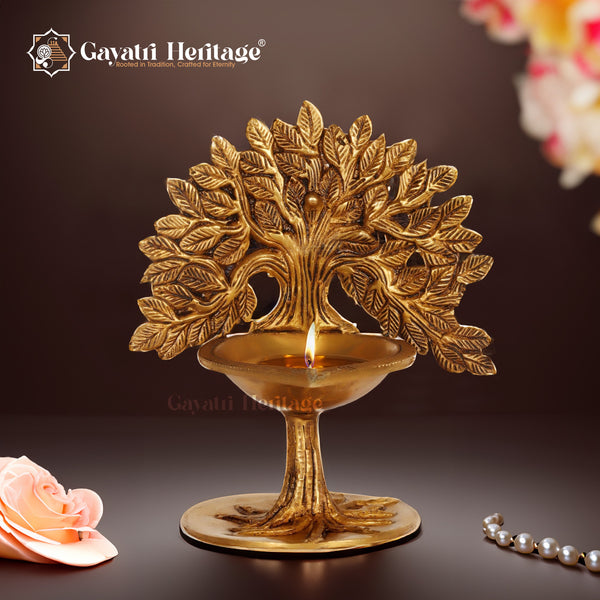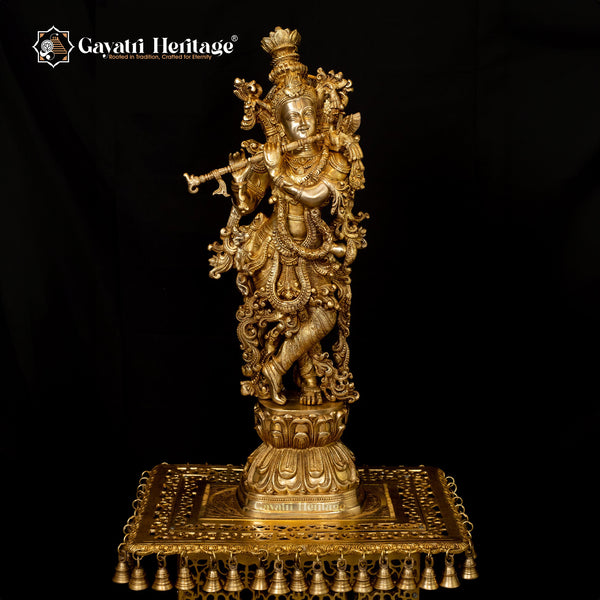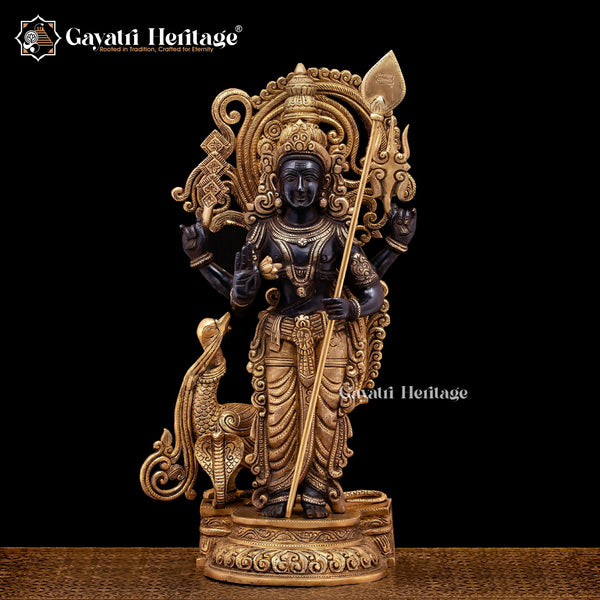Who Was Kirtimukha? The Story of the Mythical Guardian Face
In the intricate tapestry of Indian mythology, Kirtimukha holds a special place as a symbol of devotion, transformation, and protection. Often seen as an ornamental face above temple doorways, this fierce yet auspicious figure carries a profound story rooted in self-sacrifice and divine grace. But who exactly was Kirtimukha, and how did he come to be? Let’s explore the origins and significance of this mythical guardian.
The Origin of Kirtimukha
The tale of Kirtimukha originates in the Skanda Purana, one of the ancient Indian scriptures. The story begins with a powerful demon king named Jalandhara, who was born from Lord Shiva’s wrathful energy. Jalandhara’s unshakable arrogance often led him to challenge the gods, and his general, Rahudra, was no different.
Rahudra once approached Lord Shiva with a demand: "Give me Goddess Parvati to satisfy my desires." Enraged by this audacious request, Shiva emitted a blazing beam of energy from his third eye. This energy took the form of a ferocious lion, ready to devour Rahudra. Terrified, Rahudra begged for forgiveness and was spared, but the lion remained hungry, seeking sustenance.
The Birth of Kirtimukha
Lord Shiva, in his wisdom, commanded the lion to devour its own flesh to satiate its hunger. In obedience, the lion began eating its own body, starting with its tail, until only its face remained. Pleased with its devotion and obedience, Shiva named the face Kirtimukha, meaning "Face of Glory." He decreed that Kirtimukha would adorn temples and shrines as a guardian, symbolizing self-sacrifice, humility, and protection.
Symbolism of Kirtimukha
Kirtimukha is not merely a decorative element but a spiritual symbol with deep meanings:
- Devotion and Surrender: The lion’s act of self-devouring represents complete surrender to divine will. It reminds devotees to transcend ego and desires.
- Protection: Positioned above temple entrances, Kirtimukha wards off evil spirits, ensuring the sanctity of the sacred space.
- Transformation: The face signifies the transformation of destructive energy into a protective force, showcasing the power of divine grace.
- Unity of Dualities: Though fearsome, Kirtimukha is considered auspicious, embodying the coexistence of creation and destruction.
Where to Find Kirtimukha
Kirtimukha is a common motif in Hindu, Buddhist, and Jain architecture. You’ll often find it:
- Above the lintels of temple doorways, symbolizing protection.
- In sculptures and carvings, often surrounded by intricate floral designs.
- On pillars, gopurams (temple towers), and even jewelry in some cultures.
Lessons from Kirtimukha
The story of Kirtimukha offers timeless wisdom:
- Overcoming Ego: Just as the lion surrendered to Lord Shiva’s command, we are reminded to overcome our ego and align with higher spiritual truths.
- Finding Glory in Humility: Kirtimukha’s name, "Face of Glory," teaches us that true greatness lies in humility and devotion.
- Transforming Negativity: Even the fiercest energies can be channeled into positivity when guided by divine will.
Kirtimukha in Modern Times
In today’s world, Kirtimukha remains a symbol of protection and auspiciousness. Whether it’s adorning homes, temples, or art pieces, it continues to inspire a connection to spiritual traditions and values. Its story encourages us to embrace selflessness, humility, and the transformative power of devotion.
Conclusion
Kirtimukha, the mythical guardian face, is a powerful emblem of Indian mythology, blending the fierce with the sacred. From its dramatic origin in the Skanda Purana to its enduring presence in temples and art, Kirtimukha serves as a timeless reminder of humility, transformation, and divine grace.
Next time you visit a temple and see the majestic face of Kirtimukha, take a moment to reflect on its profound story—a tale of surrender and glory that continues to inspire across generations.






